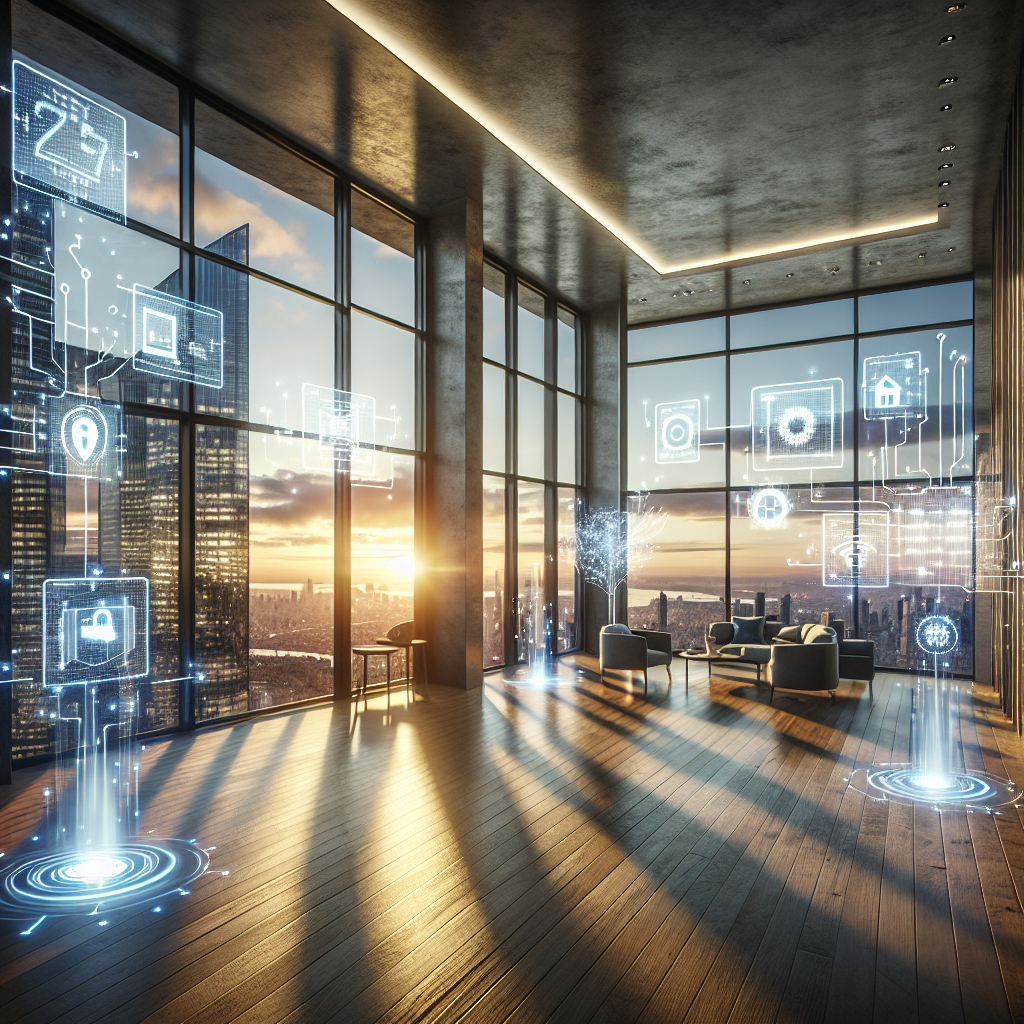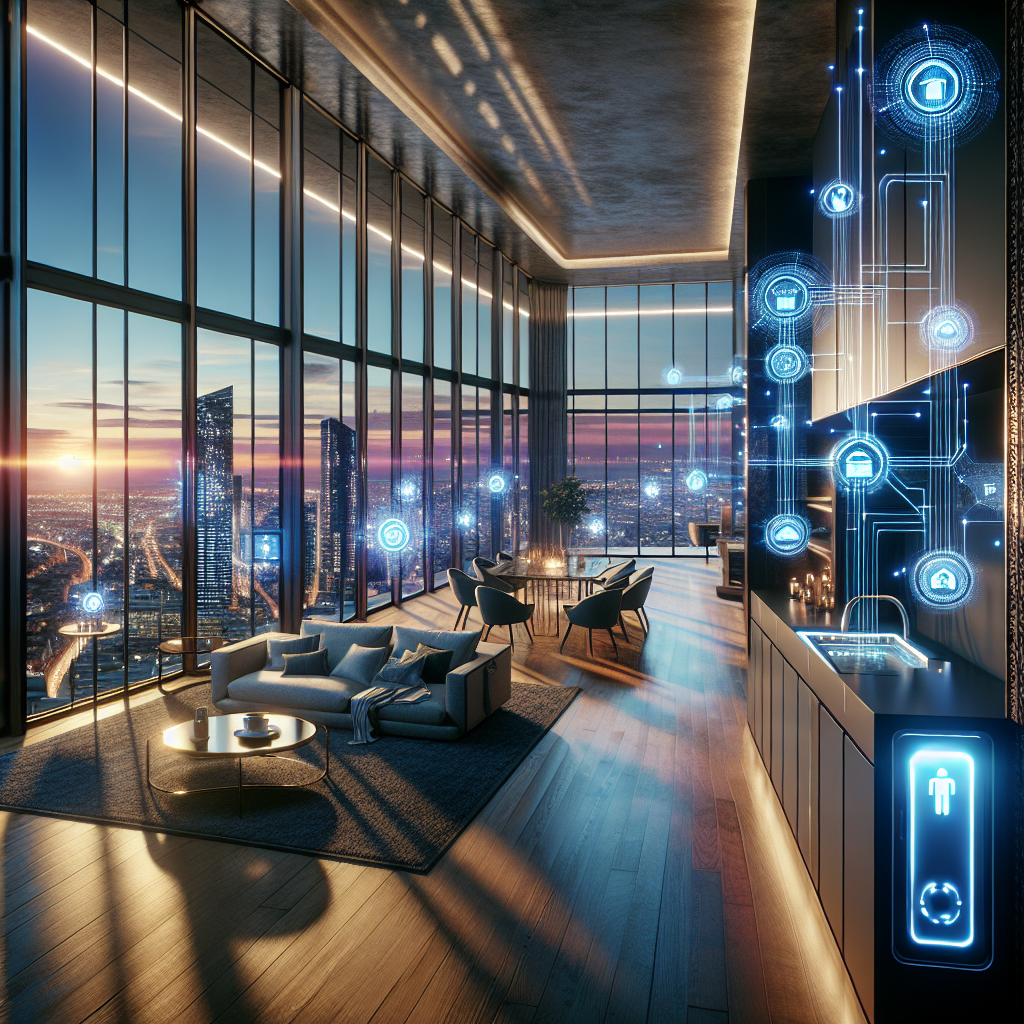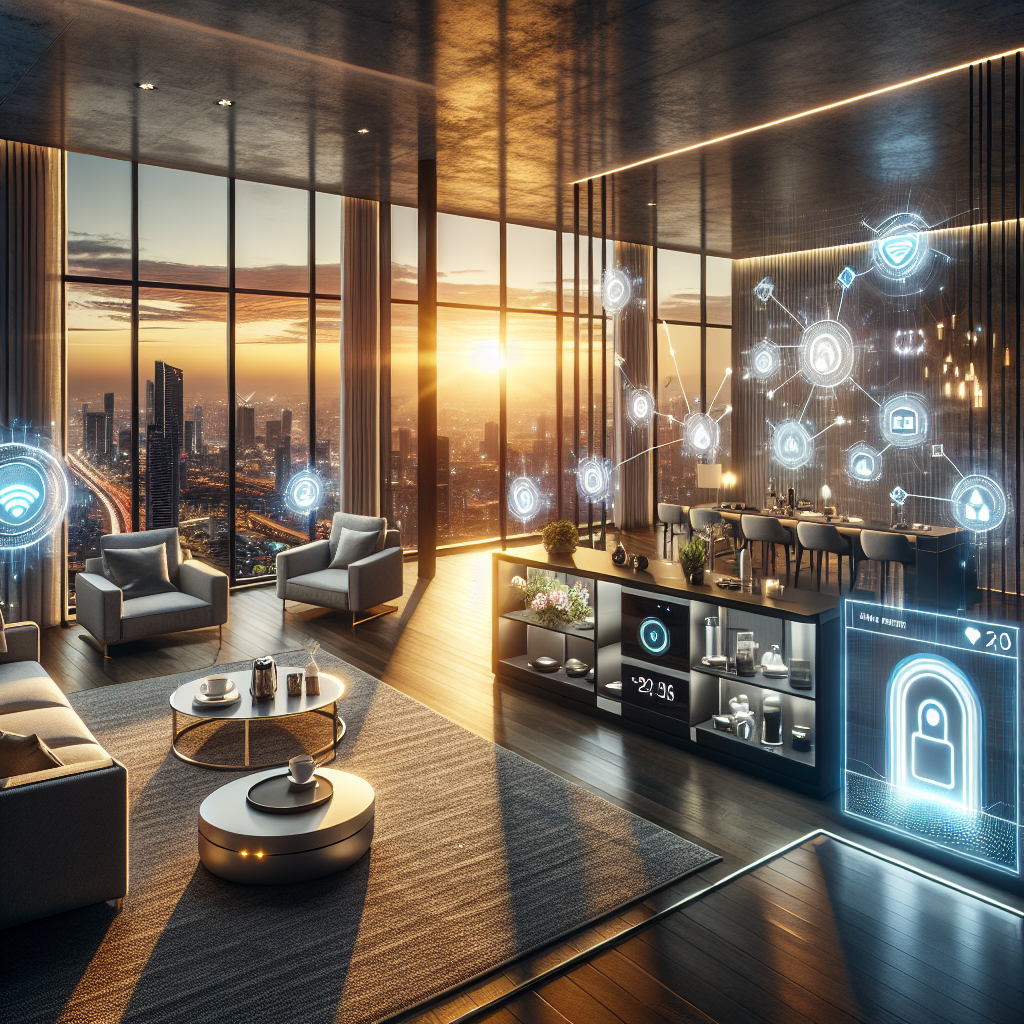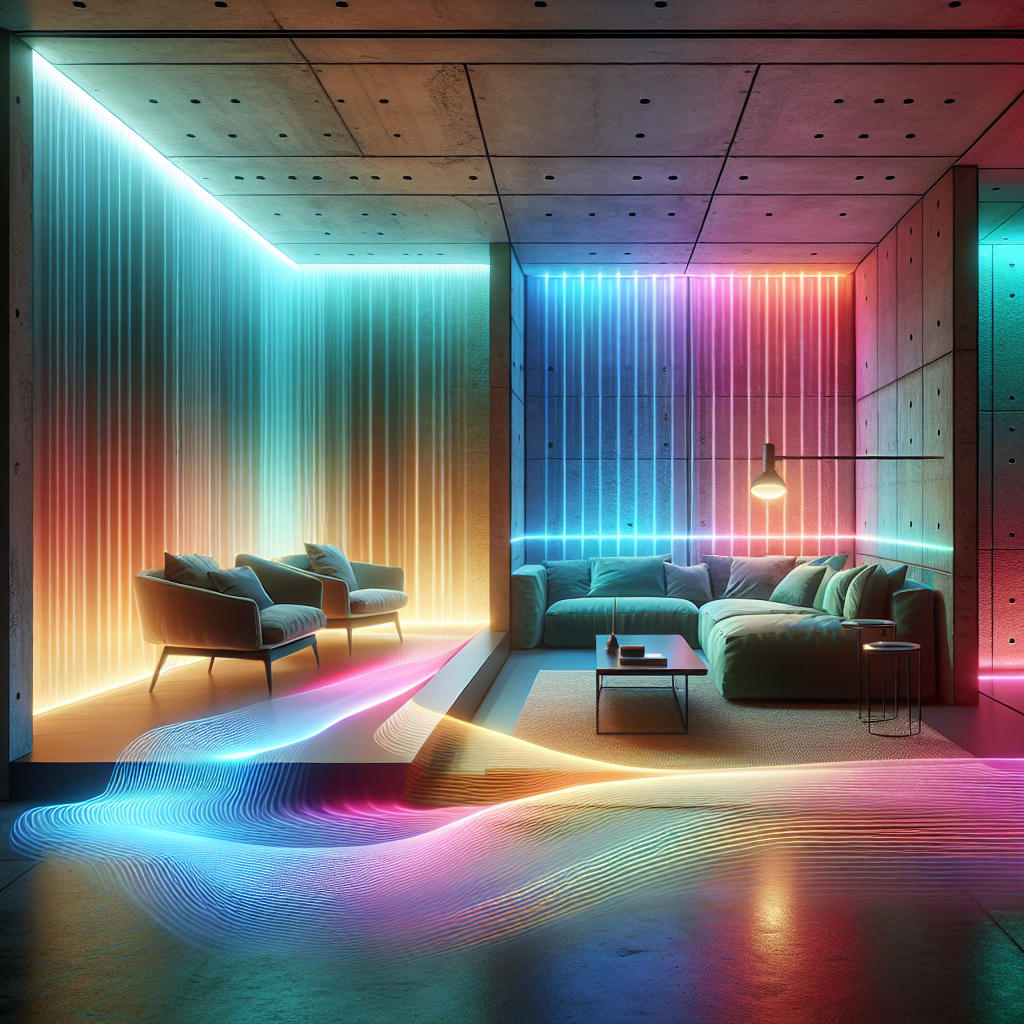IoT Security: Protecting Smart Devices in a Connected World
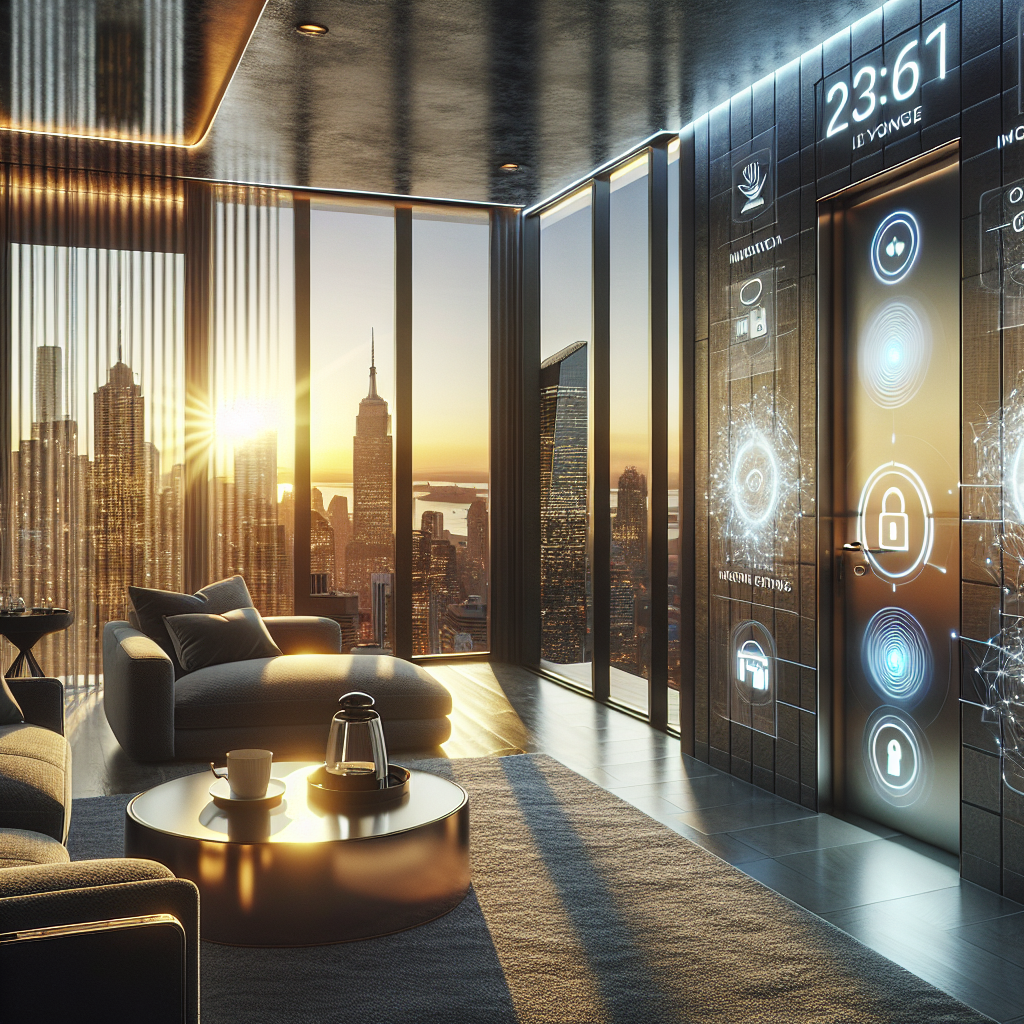
IoT Security: Protecting Smart Devices in a Connected World
In the sleek interiors of a contemporary penthouse overlooking the Manhattan skyline, a subtle choreography unfolds each morning. As the first rays of sunlight filter through expansive floor-to-ceiling windows, automated blinds gracefully ascend, ambient lighting adjusts to a gentle glow, and the aroma of freshly brewed coffee wafts from a smart kitchen appliance. This seamless symphony, orchestrated by an interconnected network of Internet of Things (IoT) devices, epitomizes the elegance and convenience sought by discerning design enthusiasts and architecture professionals alike. Yet, beneath this sophisticated veneer lies an often-overlooked vulnerability: the critical importance of IoT security.
The Intersection of IoT and Architectural Design
As smart home technology continues revolutionizing home automation, architects and interior designers are increasingly integrating IoT devices into their projects, creating environments that respond intuitively to human behavior. From biometric door locks and voice-controlled lighting systems to intelligent climate control and energy-efficient appliances, IoT devices enhance both aesthetics and functionality. The trend towards biophilic design, which emphasizes the connection between nature and built environments, also benefits from IoT integration, allowing designers to create spaces that adapt dynamically to occupants’ physiological and psychological needs.
However, the proliferation of connected devices introduces significant cybersecurity risks. In 2023 alone, the global IoT market reached a staggering $1.1 trillion, with projections estimating growth to $2.4 trillion by 2027, according to a recent study by Gartner. With billions of devices interconnected, each represents a potential entry point for cyber threats, underscoring the urgency for robust security measures in architectural planning and design.
Understanding the Risks: IoT Vulnerabilities in Design Environments
Consider the case of a luxury residential tower in Dubai, celebrated for its innovative use of smart technology. Its façade, composed of kinetic panels, dynamically adjusts to sunlight, reducing energy consumption and enhancing occupant comfort. Yet, without stringent security protocols, such advanced systems could become targets for cyberattacks, compromising not only functionality but also resident safety and privacy.
One of the most significant vulnerabilities arises from the use of default passwords and inadequate encryption standards. Many IoT devices, particularly those aimed at residential markets, prioritize ease of use over security, leaving them susceptible to unauthorized access. Moreover, as devices communicate through cloud-based platforms, data transmission becomes vulnerable to interception, potentially exposing sensitive personal information or allowing hackers to manipulate device functionality.
Integrating Security into Architectural Practice
To mitigate these risks, architects and designers must prioritize IoT security from the initial stages of project development. This approach involves collaboration with cybersecurity experts to implement robust security frameworks, ensuring that devices are secure by design rather than relying on post-installation patches.
For instance, the adoption of blockchain technology in architecture offers promising solutions for enhancing transparency and security in IoT ecosystems. Blockchain’s decentralized nature provides a tamper-proof ledger, enabling secure device authentication and data integrity verification. Such innovations not only protect users but also elevate the value proposition of smart design solutions.
Furthermore, architects can incorporate disaster-resistant and resilient building design principles, extending beyond physical threats to encompass digital vulnerabilities. By designing redundant systems and isolated networks for critical infrastructure, architects ensure that even if one component is compromised, overall functionality remains intact.
Real-World Examples: Securing Smart Spaces
In Tokyo, the Mori Building Digital Art Museum exemplifies how IoT security can be seamlessly integrated into immersive, interactive installations. Utilizing sophisticated sensors and projection mapping, the museum creates dynamic, responsive environments that captivate visitors. Behind the scenes, advanced cybersecurity protocols safeguard these interconnected systems, ensuring uninterrupted experiences and protecting visitor data.
Similarly, the Olympic Village for the Paris 2024 Summer Games demonstrates a proactive approach to IoT security. With thousands of athletes and officials relying on smart technology for comfort and convenience, designers prioritized secure communication protocols, end-to-end encryption, and regular security audits. This comprehensive strategy ensures that the village remains resilient against potential cyber threats, setting a benchmark for future large-scale architectural projects.
Best Practices for IoT Security in Design and Architecture
To effectively safeguard smart environments, design professionals should adopt several key practices:
- Device Selection and Vetting: Choose IoT devices from reputable manufacturers committed to regular security updates and transparent data handling practices.
- Network Segmentation: Isolate IoT devices on dedicated networks, minimizing potential exposure and limiting the impact of breaches.
- Regular Updates and Maintenance: Implement automated systems for timely software updates, addressing vulnerabilities as they emerge.
- User Education: Inform clients and occupants about best practices, including strong password management and recognizing phishing attempts.
- Data Minimization: Collect and store only essential data, reducing the risk associated with data breaches.
The Future of IoT Security in Architectural Innovation
Looking ahead, emerging technologies promise to further enhance IoT security. Artificial intelligence (AI) and machine learning algorithms can proactively detect and respond to anomalies in device behavior, identifying potential threats before they materialize. Additionally, biometric authentication methods, such as facial recognition and fingerprint scanning, offer secure alternatives to traditional passwords, reducing vulnerabilities associated with human error.
Architects and designers must remain vigilant, continuously adapting to evolving threats and integrating cutting-edge security solutions into their projects. By doing so, they not only protect their clients but also uphold the integrity and longevity of their innovative designs.
Balancing Innovation and Security
As the line between physical and digital spaces continues to blur, the role of architects and designers expands beyond aesthetics and functionality to encompass digital security. Whether designing futuristic cities inspired by Blade Runner 2049 or integrating wooden skyscrapers into urban landscapes, professionals must recognize that robust IoT security is foundational to successful, sustainable design.
Ultimately, the harmonious integration of IoT security into architectural practice ensures that smart spaces remain not only visually stunning and functionally sophisticated but also resilient and secure. By embracing this responsibility, architects and designers can confidently navigate the connected world, creating environments that inspire, protect, and endure.
Explore further insights into smart home technology revolutionizing home automation, the impact of biophilic design on human health and well-being, and how blockchain technology in architecture is shaping transparency in construction.
For additional reading, consider exploring smart home technology revolutionizing home automation, biophilic design and its impact on human health and well-being, and blockchain in architecture: the future of transparency in construction.
For authoritative definitions and further exploration, refer to Internet of Things, Blockchain, and Smart Home on Wikipedia.
As we continue to shape the future of design, the commitment to IoT security remains paramount, ensuring that our connected world is both innovative and secure.
